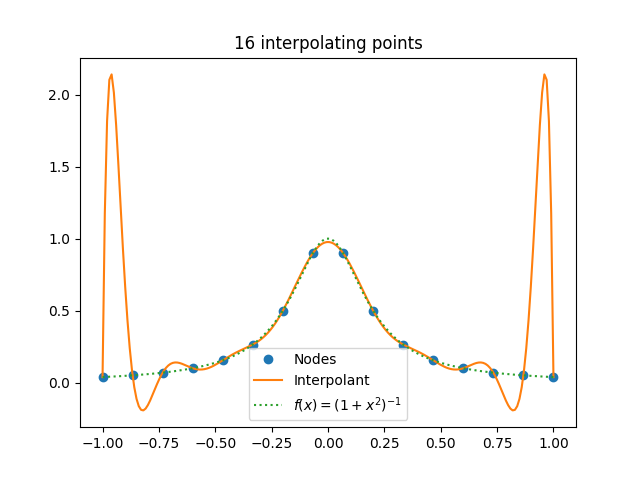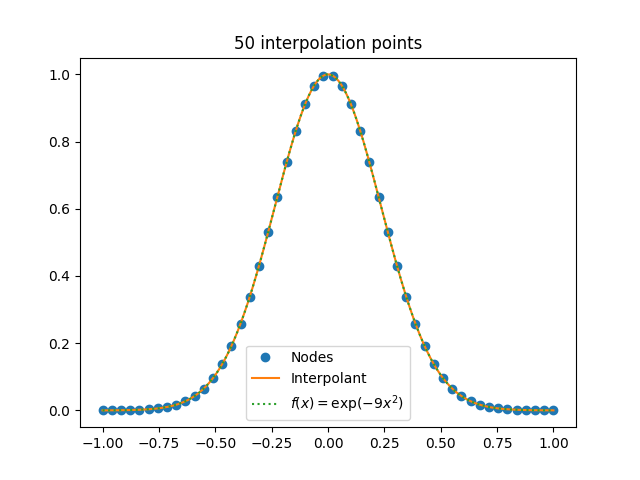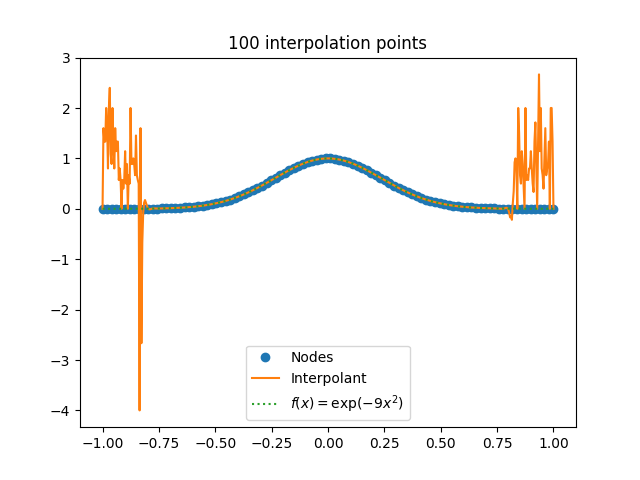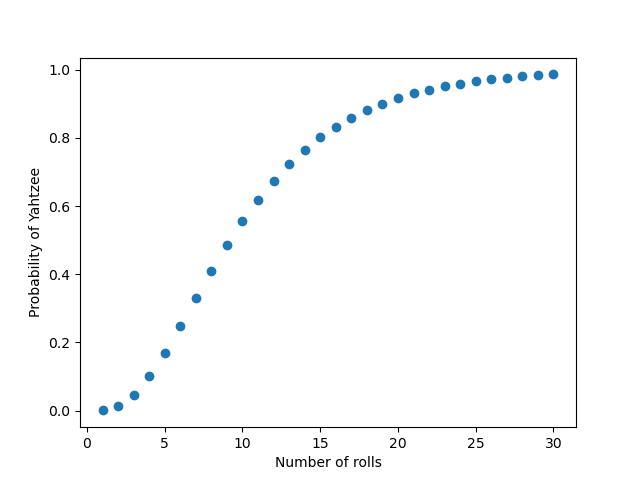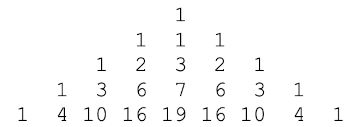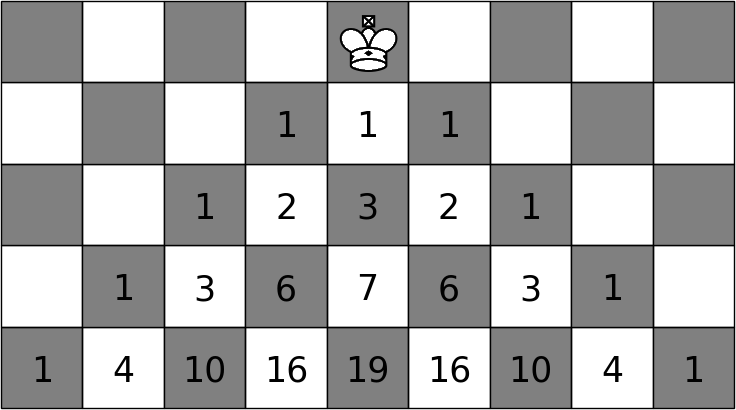A paper came out in 1964 with the title “H = W.” The remarkably short title was not cryptic, however. The people for whom the paper was written knew exactly what it meant. There were two families of function spaces, one denoted with H and another denoted with W, that were speculated to be the same, and this paper proved that indeed they were.
This post will explain the significance of the paper. It will be more advanced and less self-contained than most of my posts. If you’re still interested, read on.
Definitions
The derivative of a function might exist in a generalized sense when it doesn’t exist in the classical sense. I give an introduction to this idea in the post How to differentiate a non-differentiable function. The generalized derivative is a linear functional on test functions [1] and may not correspond to a classical function. The delta “function” δ(x) is the classic example.
A regular distribution is a distribution whose action on a test function is equal to multiplying the test function by a locally integrable function and integrating.
Given Ω ⊂ ℝn, the Sobolev space Wk,p(Ω) consists of functions whose partial derivatives of order up to k are regular distributions that lie in the space Lp(Ω).
For example, let I be the interval (−1, 1) and let f(x) = |x|. The function f is not differentiable at 0, but the generalized derivative of f is the sign function sgn(x), which is in Lp(I) for all p. The generalized derivative of sgn(x) is 2δ(x), which is not a regular distribution [2], and so f ∈ W1,p(I) but f ∉ W2,p(I).
The norm on Wk,p(Ω) is the sum of the Lp norms of the function and each of its partial derivatives up to order k.
The Sobolev space Hk,p(Ω) is the closure of test functions in the norm of the space Wk,p(Ω).
Theorem
It’s not obvious a priori that these two ways of defining a Sobolev space are equivalent, but James Serrin and Normal George Meyers [3] proved in 1964 that for all domains Ω, and for all non-negative integers k, and for all 1 ≤ p in < ∞ we have
Hk,p(Ω) = Wk,p(Ω).
The proof is remarkably brief, less than a page.
Significance
Why does this theorem matter? Sobolev spaces are the machinery of the modern theory of differential equations. I spent a lot of time in my mid 20s working with Sobolev spaces.
The grand strategy of PDE research is to first search for generalized solutions to an equation, solutions belonging to a Sobolev space, then if possible prove that the generalized solution is in fact a classical solution.
This is analogous to first proving an algebraic equation has complex solution, then proving that the complex solution is real, or proving that an equation has a real number solution, then proving that the real solution is in fact an integer. It’s easier to first find a solution in a larger space, then if possible show that the thing you found belongs to a smaller space.
Related posts
- Trading generalized solutions for classical ones
- Convergent subsequence
- Types of nonlinearity in PDEs
- Applied functional analysis
[1] A test function in this context is an infinitely differentiable function of compact support. In other contexts a test function is not required to have compact support but is required to go asymptotically approach zero rapidly, faster than the reciprocal of any polynomial.
[2] The classical derivative of sgn(x) is equal to zero almost everywhere. But the derivative as a distribution is not zero. The pointwise derivative may not equal the generalized derivative.
[2] Norman G, Meyers; Serrin, James (1964), “H = W”, Proceedings of the National Academy of Sciences, 51 (6): 1055–1056


